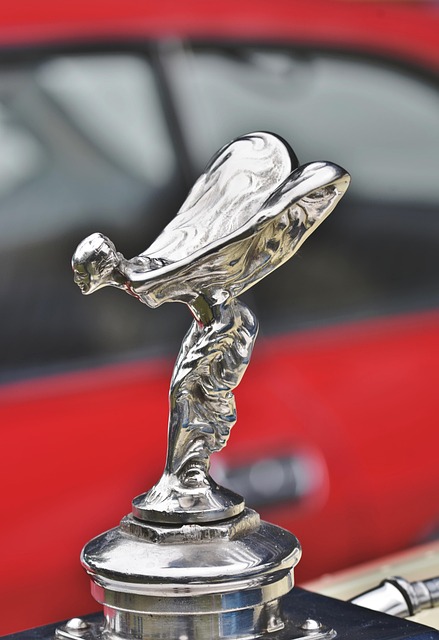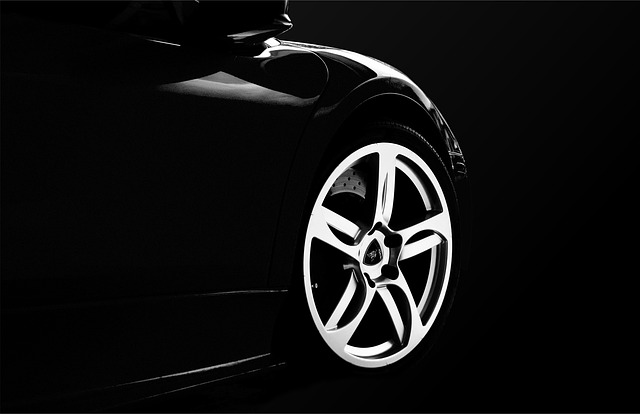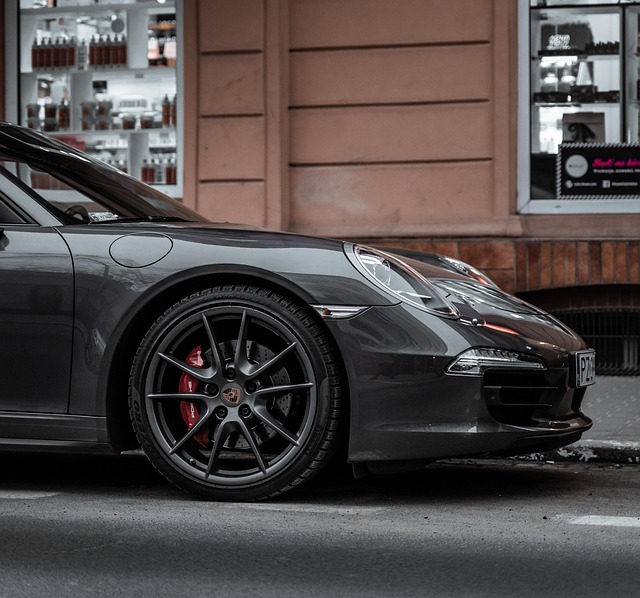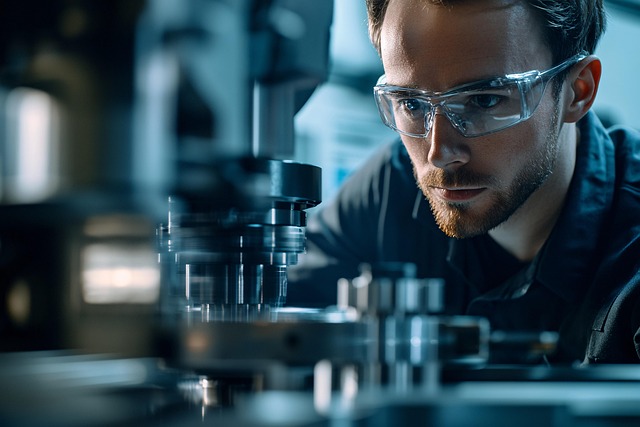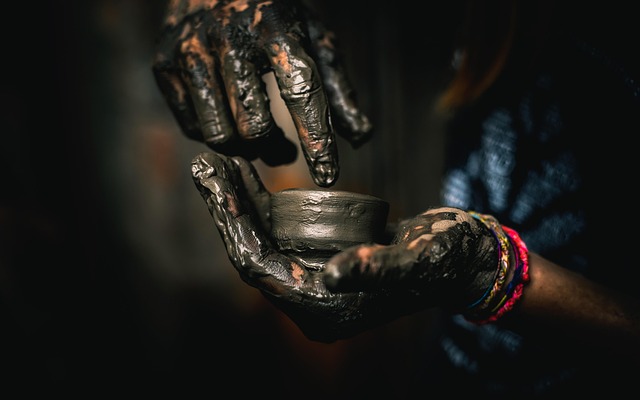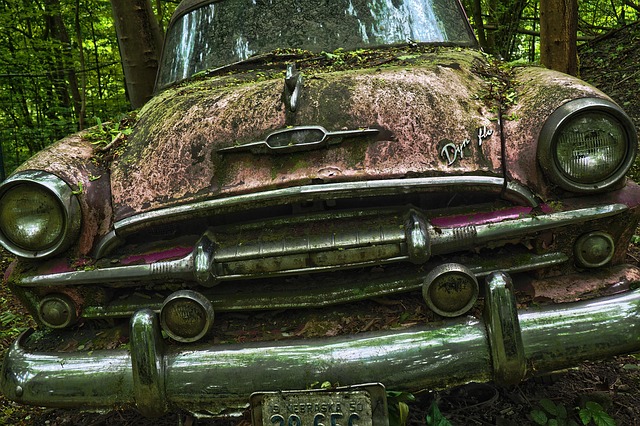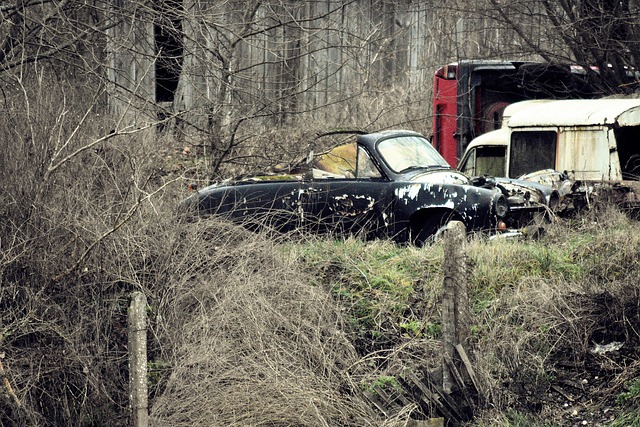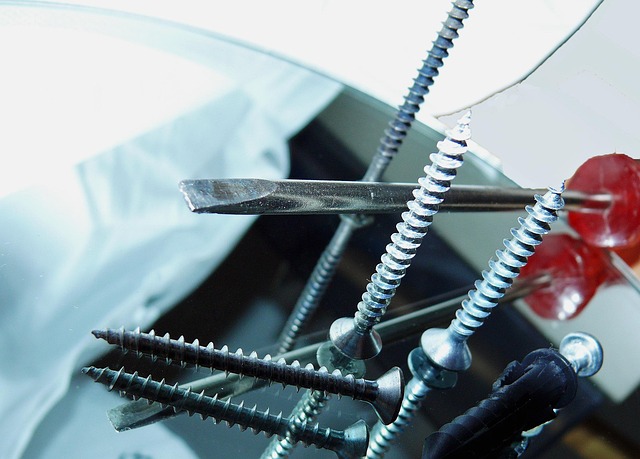Adhering to OEM (Original Equipment Manufacturer) paint standards is crucial in vehicle repairs, especially post-crash, for maintaining aesthetics and structural integrity. Deviation from these standards leads to subpar results, impacting repair quality. Strict adherence ensures visual appeal, long-term performance, customer satisfaction, and preserved vehicle value, with auto body shops gaining customer trust by meeting the highest quality benchmarks. For premium brands like Mercedes Benz, using OEM-approved materials guarantees repairs meet precise manufacturer specs, preserving the vehicle's original appearance, safety, and resale value.
Understanding OEM paint standards is paramount in the automotive repair sector. This article delves into why these standards are crucial, highlighting their impact on vehicle repairs, body shops, and ultimately, customer satisfaction. By adhering to original equipment manufacturer (OEM) guidelines, professionals ensure quality, consistency, and durable results.
From streamlined workflows for body shops to enhanced skill development for technicians, OEM paint standards offer a multitude of advantages. Moreover, they enable precise replication of factory finishes, fostering trust among consumers who value top-tier craftsmanship.
- Why OEM Paint Standards Matter for Vehicle Repairs
- – The significance of original equipment manufacturer (OEM) standards in automotive painting
- – Ensuring quality and consistency with OEM-approved materials
Why OEM Paint Standards Matter for Vehicle Repairs

When it comes to vehicle repairs, especially after a crash or accident, adhering to OEM (Original Equipment Manufacturer) paint standards is paramount. These standards are designed to ensure that the repair process maintains the original aesthetics and structural integrity of the vehicle. Using the correct paints and techniques guarantees that the repaired auto bodywork matches the precise color, texture, and finish of the factory-built vehicle. This level of precision is crucial for both the visual appeal and long-term performance of the car.
In a collision center or vehicle body shop, deviating from OEM paint standards can lead to subpar results. Using inferior paints or improperly applying them can result in visible inconsistencies, such as color variations or texture differences, which may compromise the overall quality of the repair. Therefore, ensuring that all paintwork adheres strictly to OEM specifications is essential for customer satisfaction and maintaining the vehicle’s value.
– The significance of original equipment manufacturer (OEM) standards in automotive painting

The original equipment manufacturer (OEM) standards for automotive painting play a pivotal role in ensuring the quality and durability of vehicle finishes. These standards are meticulously crafted to meet the exacting specifications set by car manufacturers, guaranteeing that every coat of paint on an OEM-built vehicle is consistent with its design intent. Adherence to these standards is not just about aesthetics; it’s a critical factor in protecting the structural integrity of vehicles, particularly during automotive repair or collision scenarios.
When dealing with automotive collision repair or fender repair, adhering to OEM paint standards becomes even more crucial. It ensures that repairs are done accurately and seamlessly, maintaining the vehicle’s original appearance. This precision is vital for both the safety and resale value of the vehicle. By following these standards, auto body shops can guarantee their work meets the highest quality bars, fostering customer confidence in their services.
– Ensuring quality and consistency with OEM-approved materials

Adhering to OEM (Original Equipment Manufacturer) paint standards is paramount for maintaining the quality and consistency of automotive finishes. When using OEM-approved materials, collision centers and dent removal specialists can ensure that the repair process aligns with the manufacturer’s precise specifications. This level of adherence results in a final product that closely mirrors the original factory finish, preserving the vehicle’s overall aesthetics and value.
For Mercedes Benz repairs, as an example, adhering to these standards is crucial. The meticulous craftsmanship and attention to detail expected from such a premium brand demand nothing less than OEM paint standards. This ensures not just a visually appealing repair, but also one that endures over time, protecting the vehicle’s investment.
By adhering to OEM paint standards, vehicle repair shops can ensure high-quality, consistent results that match the original manufacturer’s specifications. Using OEM-approved materials and techniques not only enhances the aesthetic appeal of repairs but also ensures long-lasting durability. This focus on quality sets a new benchmark for automotive painting, ultimately benefiting both repair shops and consumers alike.


